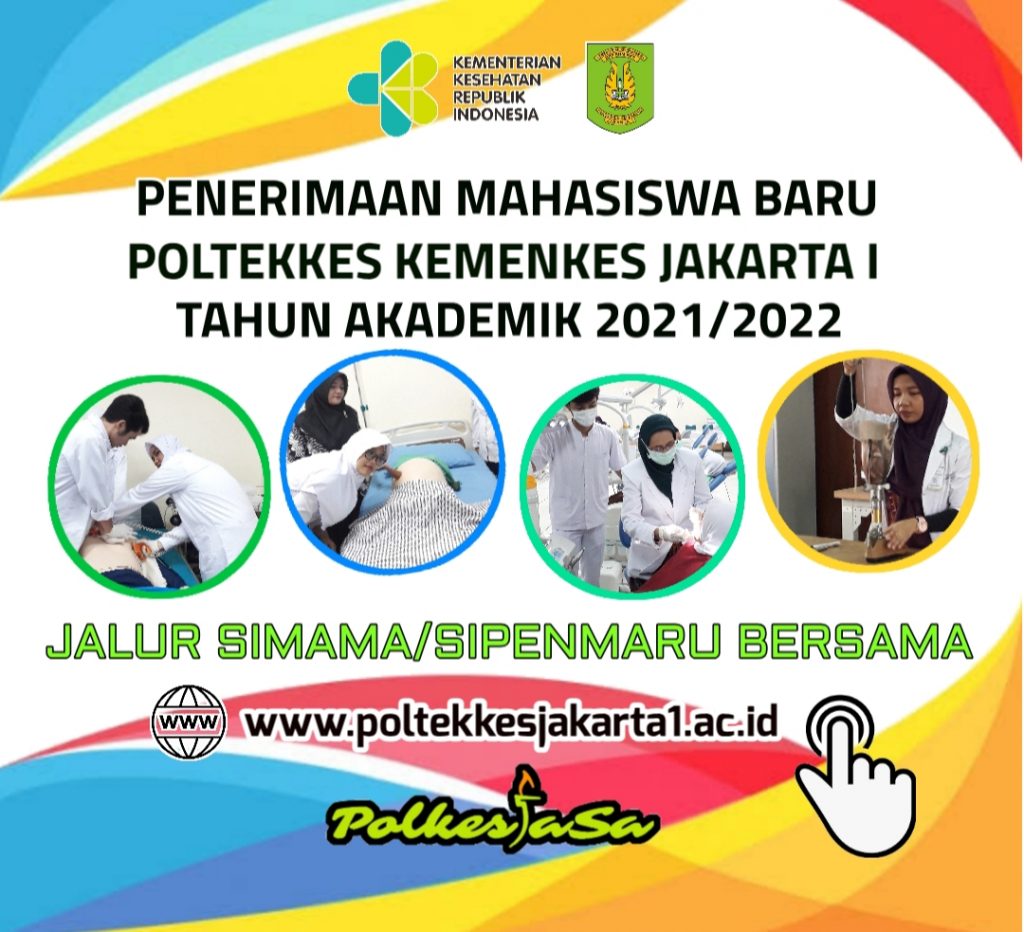
Hatta Method for Analysing Completeness and Usage of Orthotics Prosthetics Health Record
ABSTRACT
Hatta Method for Analyzing Completeness and Usage of Orthotic Prosthetic Health Record Gemala Hatta – Indonesia The absence of orthotics prosthetics (OP) data in Indonesian's two ministries has the implication of no availability OP (disability) data in international level such as at World Bank, WHO and mankind organizations Mix disables of world population are 15% or 1 billion(WHO, 2011; UNESCAP 2012). Thus, data should be carefully analyzed by governments. Therefore, access of data and information are of prime concern (WSIS Declaration 2003, HIFA 2015). Despite 5% report or 11.5 millions mix disabilities in Indonesia, include 3 millions with general physical problems but no further data on OP data, part of disability. Therefore, it is advisable by using Hatta Method, OP health record (HR) could be checked its usefulness and with multivariate analyses designing new OPHR. Hatta method is an original thought for expanding a health record review system and new technology for HIM. This new system is offering a solution to detect itemized variable data with SOAP and ICF criteria for disability through a systematized OPHR reviews. This research has 2 steps. 1st, Analyzes the completeness of SOAP and ICF data and the usage of recorded OP data. 2nd, using SPSS multivariate analyses reduces itemized OP data and left the chosen itemized variable for designing new OPHR for better documentation. This descriptive analyses is a retrospective analysis, consist of 2 research studies with 5 steps. A1. Developing lower limb OPHR questionnaire on quantitative and qualitative (administrative and medical) analysis by Hatta Method against SOAP – ICF criteria (2) Analyzing completeness of OPHR. (3) Analyzing the core of Hatta Method: quantitative and qualitative (administrative and medical) analysis and the usefulness of data. B(1) multivariate analysis-factor analysis approach for designing new OPHR (2) Analyzing OPHR in two cities Jakarta (2009-2014) and Solo. Sampling: lower limb of 30 OPHRs in Jakarta and 10 in Solo, due to homogenity. Purpose of research: Simplification of OPHR itemized variable and designing new lower limb OPHR record with the selected variable. Useful to government and new technology for HIM profession. Hatta Method proves that medical audit can be performed by HIM analysators.
Key words: OPHR, ICF, SOAP, Hatta Methods




